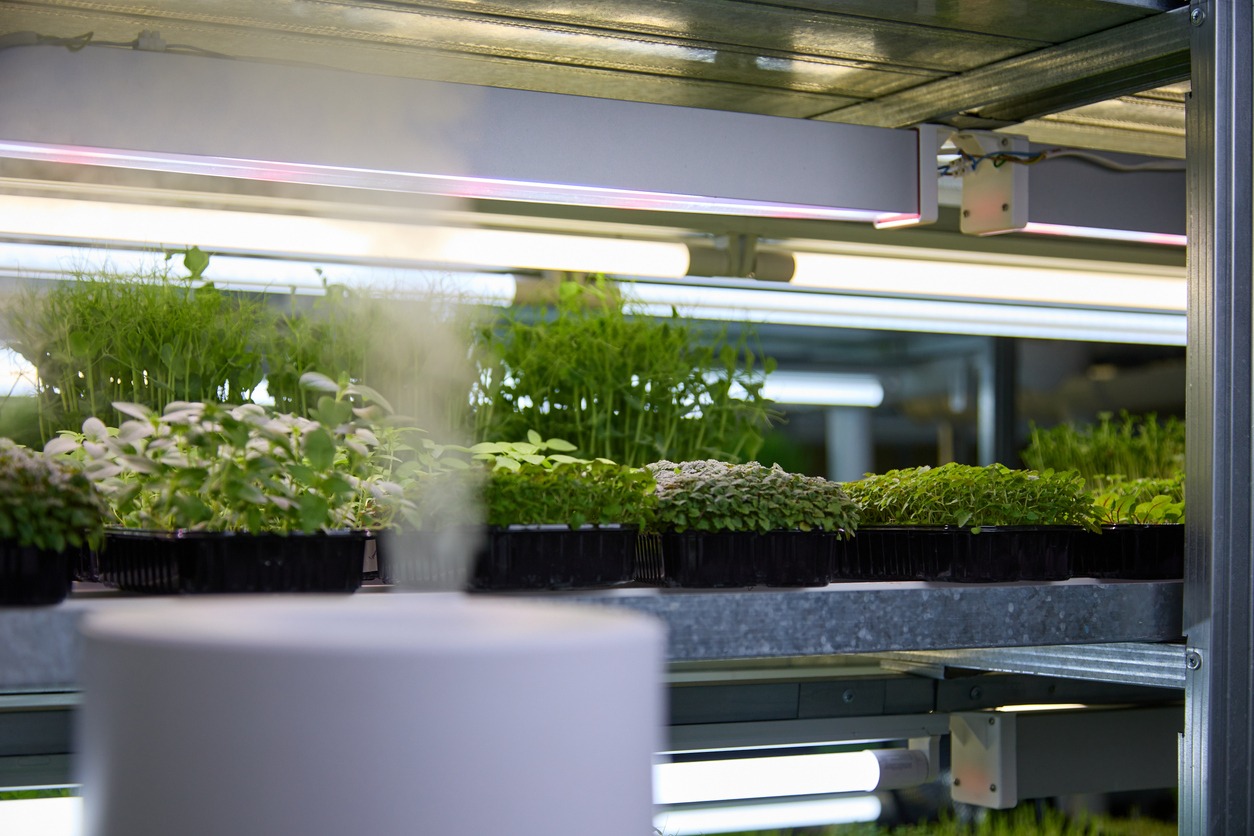Adiabatic humidification is putting cool water into the air to increase humidity, but bring down temperatures. The opposite of this is isothermal humidification, which you may have experienced as soothing steam in a sauna. However, cooler air has benefits for sustainable farming and agriculture. Learn more about the process so you, too, can keep your plants happy and stable.
Why Is Adiabatic Cooling Important?
If you can change temperature and its relationship with humidity, you can create the perfect home for plants of all species to flourish. It is crucial for setups, like greenhouses or hydroponic farms, where there are fewer external influences on environmental conditions.
Humidity control is critical for sustainable farming practices because it ensures consistency in conditions. Traditional air conditioners, dehumidifiers and space heaters would never have to waste resources or work overtime again.
Adiabatic systems can yield 30% reductions in energy use, so they are worth the investment. These systems are also versatile in size and robustness compared to industrial HVAC systems, making them more accessible to different farm layouts.
Outdoor plants encounter numerous threats, from weather to invasive species. Every crop is hardly in its ideal conditions to make the most nutritious or attractive output. Adiabatic cooling is a resource-efficient way to treat plants with greater respect, curating their growing space to represent more of what would be best for them.
What Are the Benefits of Sustainable Agriculture?
How can sustainable farming practices with adiabatic cooling help companies even more?
Environmental Impact
The most important boon of these systems is the reduced greenhouse gas emissions. In addition to lower energy and water use, fewer plants will be going to landfill because they can’t grow.
Around 40% of the world’s food supply is waste, so you don’t want to contribute to this problem. You don’t have to rely on chemical pesticides or fertilizers because the crops are healthy enough to sustain themselves. Eliminating this prevents pollution and preserves nutrient-dense soils.
Farm Stability
More agency over these conditions empowers farmers in sustainable agriculture by making yields more productive. The reliable income boosts business resilience, allowing them to invest in more technologies or in more eco-friendly advancements.
Water Efficiency
In too-hot conditions, your plants will lose water through evaporation. This loss translates to excess consumption, forcing irrigation systems to pump out more than they should. Adiabatic humidification lowers usage and cools plants through more natural evaporation and localized humidity control.
Enhanced Crop Growth
No two species are the same, which is why many surviving in the open air are varied in their growth cycles and health. Establishing microclimates with indoor environmental control is key for supporting efficient plant processes like photosynthesis and transpiration. The healthier they become with this optimization, the more they withstand foodborne illness passed through viruses and bacteria.
Energy Efficiency
Heating equipment, cooling equipment and isothermal humidification require a lot of energy, especially when combating the intensity of extreme outdoor conditions. This causes machinery to degrade, failing as maintenance needs increase.
The oversight leads to downtime and exposes crops to more risks when their climates are disrupted. Conventional HVACs also tarnish indoor air quality for gardens when the filters get too dirty.
Many adiabatic systems are compatible with renewables, furthering sustainable farming practices. Their low energy demand makes it easier for these generators to facilitate humidification systems, even if minimal sun or wind power the technology.
Climate Resilience
You have likely seen farms across the world losing countless dollars in revenue because a natural disaster or unexpected freeze laid waste to rows of crops. The plants were likely not as strong as they could have been because they needed more time to adapt to the changing climate. These disasters cause food insecurity everywhere.
Thankfully, cooler humidity makes plants more resilient and stable. It could combat events like drought because the root systems are able to hold onto moisture more efficiently.
Cost-Effectiveness
If you need instant gratification, the financial savings demonstrate why adiabatic cooling is important. Utility costs are lower, water needs are reduced and disease mitigation measures are less necessary. Instead, you can put money toward long-term investments to make the farm larger and more productive.
The Importance of Controlled Environments
After incorporating adiabatic humidification, you could see greener leaves, hardier roots and happier produce. Thanks to technology, farmers can design their dream crop-growing scenarios. The implementation creates a more substantial farm with smarter resource use, leading by example for sustainable agriculturalists of the future.
Source link
Beth Rush biofriendlyplanet.com



